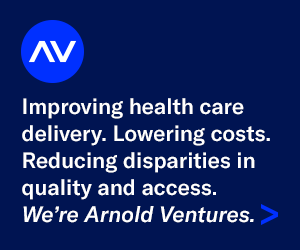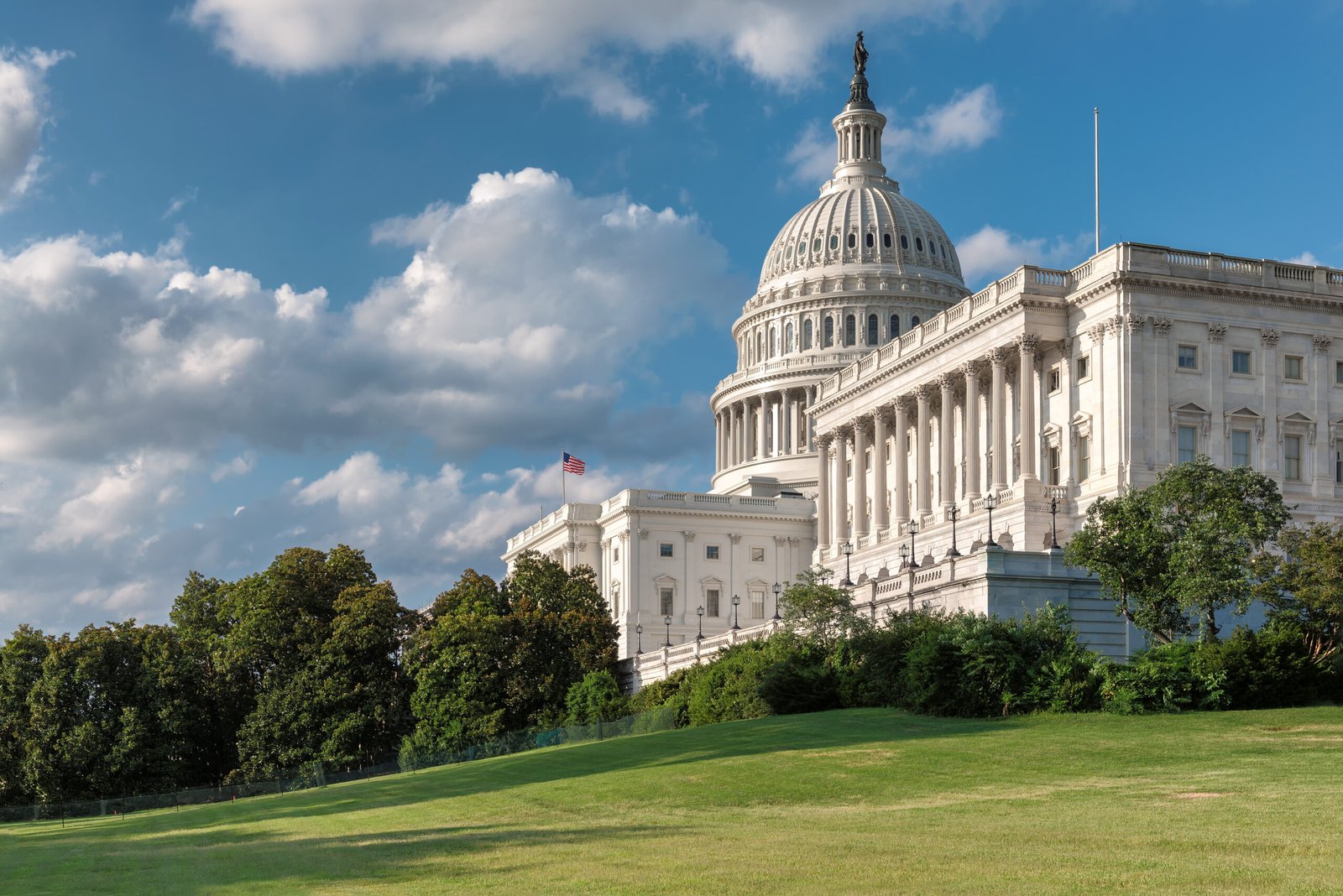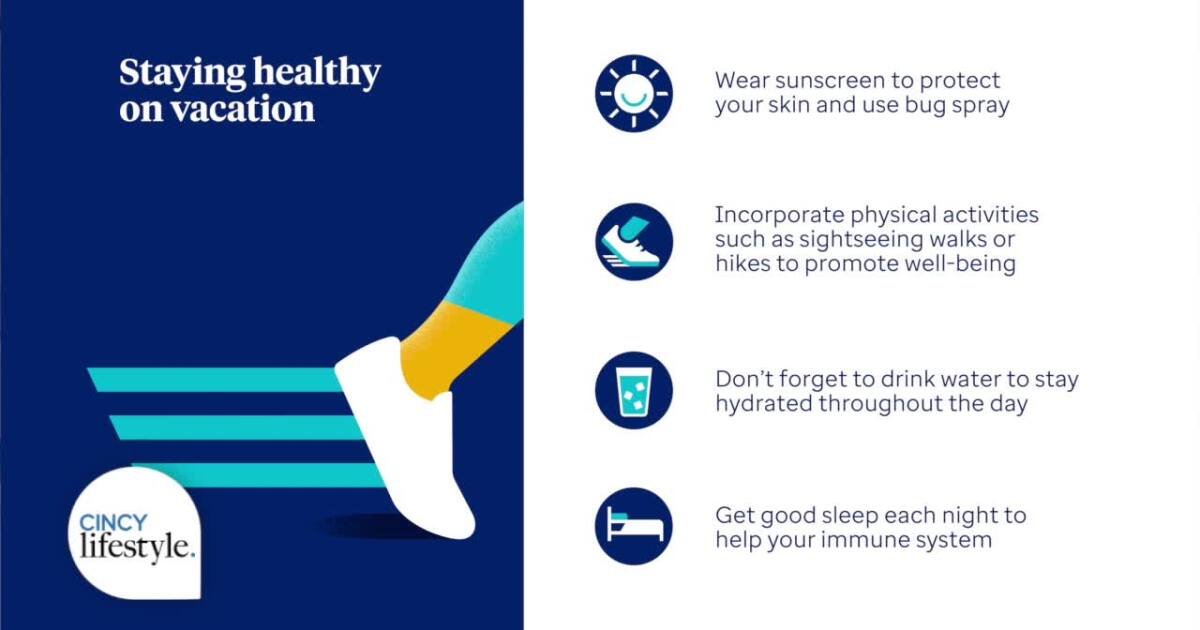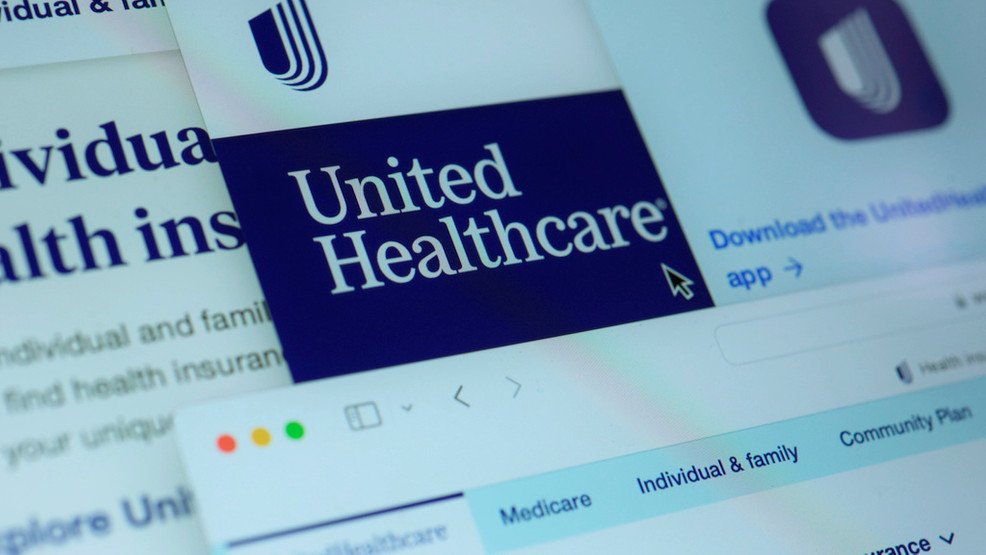Each year, Congress determines funding levels for all of the federal defense and non-defense discretionary programs, including those that support the care and education of children from birth through age five. Traditionally, subcommittees within the House and Senate Appropriations Committees develop their own legislation that sets funding levels for the programs within their jurisdiction, which is then taken up by the full Appropriations Committees, and later the full legislative body, before a negotiation process between the two chambers of Congress and ultimately the president’s signature.
Over the past fifteen years, federal early learning programs have seen steady, significant progress through increased, bipartisan investments from both Congress and the White House.
Below is a timeline of recent funding decisions by Congress:
May 2, 2025: Also known as the “skinny budget,” the White House released a letter providing President Trump’s request on discretionary funding levels for fiscal year (FY) 2026.
May 14, 2025: FFYF was joined by 146 major early education advocacy organizations from 36 states in sending a letter to Congressional appropriators calling for increased funding for federal early learning and care programs, including the Child Care and Development Block Grant (CCDBG) program, Head Start and Early Head Start, the Individuals with Disabilities Education Act (IDEA), the Preschool Development Grant Birth through Five (PDG B-5) program, and Child Care Access Means Parents in School (CCAMPIS).
May 30, 2025: The White House sent Congress its full budget proposal with requested discretionary funding levels for fiscal year (FY) 2026. The proposal included level finding for CCDBG and Head Start and eliminated funding for PDG B-5.
Late May 2025: Members of Congress submitted Dear Colleague letters showing support for child care and early learning programs. For FY2026, 285 Members of Congress called for increased funding for federal early childhood education and care programs including 238 Democrats and 47 Republicans.
Below you will find links to charts from previous fiscal years:
The chart below includes final funding levels for the key early learning programs.
Every morning, FFYF reports on the latest child care & early learning news from across the country. Subscribe and take 5 minutes to know what’s happening in early childhood education.
Our nation depends on child care. Today, nearly 70% of children ages five and under – 14.7 million children – have all available parents in the workforce. But the high …
In May, the Children’s Equity Project (CEP) released a new resource on Head Start’s crucial impact on access to quality early learning and related services for children with disabilities and …
In March, President Trump signed an executive order that directs the Secretary of Education “to the maximum extent appropriate and permitted by law, take all necessary steps to facilitate the …
Receive monthly updates on the latest news, policy, and actions to advance federal investment in children and their families.
50 F St NW Suite 740
Washington, DC 20001
50 F St NW Suite 740
Washington, DC 20001
By clicking “Accept All Cookies”, you agree to the storing of cookies on your device to enhance site navigation, analyze site usage, and assist in our marketing efforts.
Stay Healthy On The Go With Travel Tips From UnitedHealthcare – WCPO 9 Cincinnati
Menu
When it comes to vacation planning, most of us focus on where we’re going and what to pack, but don’t forget to prepare for your health too. Dr. Amit Arwindekar from UnitedHealthcare Global offers helpful reminders to keep your whole family safe and healthy while traveling. For more information and additional tips and resources, please visit uhcsafetrip.com.
#WCPO9Sponsor
Leave a Comment
Leave a Comment
3 tips for digging into insurance companies and finding stories – Association of Health Care Journalists
Health Beat
Discover the latest developments in the most important topics in health care today.
Aging
Algorithms and
Health Disparities
Environmental Health
Firearm Violence
Health Equity
Health IT
Health Policy
Insurance
Infectious Diseases
Patient Safety
Mental Health
Medical Studies
Resources
Explore an extensive library, created and curated by AHCJ members, to help you cover the health care beat.
Health Data Preservation
State Insurance Guides
How I Did It
Tip Sheets
Why This Matters
Analysis
On-Demand Webinars
HealthNewsReview Criteria
Data
Helpful Links
Glossary
Freelancers
Advance your career with ideas, contacts and support from the AHCJ freelance network.
Pitching, Reporting and Writing
Running a Business
Tools and Apps
Freelance Market Guide
Networking
Awards, Grants & Fellowships
Freelance Directory
A Typical Workday
Training & Events
Network with fellow health care journalists and gain valuable insights you can use every day.
Webinars
Fellowships
Workshops | Summits
Health Journalism 2025
HJ24 Recap
Awards for Excellence
Recognizing the best health reporting in print, broadcast and online media since 2004.
Mentorship Program
Connecting you with the support and resources you need to thrive in the health journalism field.
Local AHCJ Chapters
Network with your peers and access local resources by joining or starting a local chapter.
About AHCJ
Learn how we’re setting new standards for health care reporting and how you can be a part of it.
History
Principles & Policies
Board of Directors & Committees
Staff
Contributors
Advocacy
Commitment to Diversity
Center for Excellence in Health Care Journalism
A supporting non-profit organization for AHCJ
Governance & Financials
Current Supporters
•
Share:
Reuters health enterprise reporter Chad Terhune speaks at HJ25 about how reporters can uncover health insurance business practices. Photo by Zachary Linhares
Penetrating health insurers and revealing their business practices
By Taylor Blatchford, Equity in Health Fellow
The private health insurance companies at the heart of health care in the U.S. are notoriously complicated. But as they continue to expand, buying clinics, managing pharmacy benefits and even providing care, it’s essential journalists feel empowered to cover these corporations and understand how they do business.
A panel at Health Journalism 2025 offered insight and best practices for how to do just that.
“Health insurance is so central to how we get our health care, and it’s so important to helping us live quality lives,” said moderator Jonathan Rockoff, health business editor at The Wall Street Journal. “It’s also at the center of a lot of frustration and anger. It’s very complex and very opaque.”
Panelist John Baackes, the former CEO of L.A. Care Health Plan, knows that firsthand. He managed the nation’s largest publicly operated health plan. After UnitedHealthcare CEO Brian Thompson was shot and killed in late 2024, “people gushed out about how they really couldn’t stand insurance companies and the tactics they were using to control costs,” Baackes said.
Panelists suggested three concrete avenues for reporting on these companies:
Health insurance plans are regulated by state insurance departments, and insurance companies have to make routine filings that are public. These filings require insurers to put in writing why they have to raise rates, and sometimes state regulators will push back, said panelist Chad Terhune, a health enterprise reporter for Reuters.
Earnings reports are also a helpful source of information. Baackes advised reporters to pay attention to the medical loss ratio: the portion of insurance premiums an insurer spends on medical care. Looking at how a company’s ratio has changed over time can offer insight into how a company is doing compared to its competitors.
These professionals are used to explaining complex insurance concepts to an everyday audience and know the industry inside and out. They’re an “underappreciated source,” Terhune said.
Beyond brokers, hospitals and doctors are good sources: they deal with insurance companies all the time, said panelist Anna Wilde Mathews. State regulators can also help you understand the insurance companies operating in your state.
This practice may be a big issue this year, Rockoff said, as insurers seek to control costs by passing them on to patients. Many people will never call back and appeal when a procedure or medication is denied.
Prior authorization can be a “point of abrasion,” Baackes said. When he managed the L.A. Care Health Plan, he said he requested that the company get rid of prior authorization for codes that were being authorized 99.5% of the time. Approximately 14,000 codes that had required prior authorization were eliminated. “I’m hoping there will be some leaders that set an example,” Baackes said of commercial insurers.
Taylor Blatchford is an engagement reporter covering mental health for The Seattle Times.
Contributing writer
Share:
Tags:
Pitching, Reporting and Writing
Running a Business
Tools and Apps
Freelance Market Guide
Awards, Grants & Fellowships
Networking
Freelancer Directory
A Typical Workday
History
Board of Directors & Committees
Staff
Contributors
Center for Excellence in Health Care Journalism
Advocacy
Commitment to Diversity
Governance & Financials
Current Supporters
© 2025 AHCJ
Terms of Service & Privacy Policy
Leave a Comment
Lafayette School Board votes for health insurance administrator, teacher positions, more – The Daily Advertiser | Lafayette, Louisiana
The Lafayette Parish School Board held its regular meeting June 12 to discuss the future of its insurance provider, teacher positions, pay and more.
On top of the agenda was Action Item 3.2, which pertains to the board’s approval of the selection of the Third-Party Administrator for group health insurance, as recommended by the superintendent. Additionally, the superintendent is authorized to negotiate and enter into a contract for a term beginning Jan. 1, 2026.
A Third-Party Administrator is a company that provides administrative services, often in the context of health insurance or other benefit plans, under contract to another company. They act as intermediaries between employers or insurance companies and healthcare providers.
For more than 31 years, the Lafayette Parish School System has used Blue Cross Blue Shield Louisiana as its insurance provider.
After meeting and listening to Gallagher’s, a risk management group for LPSB, Superintendent Francis Touchet Jr., said they believe Meritain Health is the best insurance provider for LPSS and recommends them as the possible new provider.
“It (Meritain Health) will be the TPA that will provide us with savings but also provide us with opportunities to go out and save more money through direct contracting,” Touchet said.
Touchet said the TPA will help the board hire someone who can negotiate with Our Lady of Lourdes Regional Medical Center or Ochsner Health to achieve additional cost savings for LPSS.
Nancy Mounce spoke on the proposed new health administrator. She said it has been clear since the beginning that there was a desire for the LPSB to get away from Blue Cross Blue Shield Louisiana.
She said a Request for Proposal was requested, something she said is crucial for selecting a TPA.
“It provides a structured way to solicit bids, clarify requirements, compare proposals, ensure transparency and result in a fair and objective decision,” Mounce said. “Unfortunately, we did not have an RFP.”
Mounce noted that prior to the current LPSB administration, they used RFPs, even for smaller projects like voluntary benefits.
“Apparently, that’s not going to happen anymore,” Mounce said.
Mounce said on Tuesday, she received a letter from the LPSS that said a comprehensive group health RFP has been completed by the consultant and reviewed by the board insurance committee.
Jeremy Hidalgo, District 9 for the LPSB and Insurance Committee Chairman, said that the process that took place for the new health insurance provider was just as intense as an RFP.
“The process wasn’t called an RFP,” Hidalgo said. “But if we needed to call it that to make anyone feel better, we apologize. But this process was extremely intense.”
The board voted 8-1 in favor of approving the Third Party Administrator for group health insurance recommended by the Superintendent and that the Superintendent be authorized to negotiate and enter a contract for a term beginning Jan. 1, 2026.
The board voted and approved all Action Consent Items, one of which was Action Consent Item 4.1:
That the Board approves the proposed plan of reorganization and re-class of staff and changes in job descriptions related thereto as attached to this agenda item to become effective July 1, 2025.
All changes will be reflected in the 2025-2026 Salary Booklet. These changes are being implemented in response to the new state accountability system set to take effect in the 2025–2026 school year.
With Action Consent Item 4.4 and 4.5, the board also approved the revisions to the 2024-25 Salary Schedule.
View all other items on the agenda HERE.
Leave a Comment
United Healthcare customers may lose in-network access to UAB Health System – WBMA
Now
77
Sat
87
Sun
86
by ABC 33/40
TOPICS:
BIRMINGHAM, Ala. – UnitedHealthcare customers in Alabama may face disruptions in accessing multiple UAB Health System entities and Baptist Health Montgomery if a new agreement is not reached by July 31, 2025. The current health plan contracts between UnitedHealthcare of Alabama, Inc., and various UAB Health System entities, including both commercial and Medicare Advantage plans, are set to expire this summer.
The expiration affects all UAB-owned and affiliated entities, such as UAB Hospital, The Kirklin Clinic of UAB Hospital, UAB Medicine clinics, and UAB St. Vincent’s facilities, among others. It also impacts services provided by UAB- and UAB St. Vincent’s-employed physicians, regardless of the care location, including at Children’s of Alabama.
Patients with United insurance will maintain uninterrupted access to these entities through July 31, 2025. However, starting August 1, 2025, if no agreement is reached, United members may be personally responsible for the costs of services rendered at these facilities. Some patients may qualify for continued access under the continuity of care terms offered by their plan.
"We are deeply disappointed that UnitedHealthcare has created this uncertainty for our patients," said UAB Health System CEO Dawn Bulgarella. "We will continue to diligently negotiate with United in good faith to reach a reasonable agreement before July 31. Our goal is to remain a participating provider and continue delivering the highest-quality care to the people of Alabama."
Bulgarella encouraged patients and employers to contact United and express the importance of keeping UAB Health System entities in-network. She emphasized UAB's commitment to a sustainable model ensuring continued access to high-quality care, stating, "We cannot accept terms from United that would compromise our ability to serve the patients and communities who depend on us."
UnitedHealthcare reported $14.4 billion in earnings in 2024 and posted a profit of over $6 billion in the first quarter of 2025. Bulgarella noted that these profits come at the expense of policyholders and healthcare providers.
United has faced challenges renewing contracts with hospitals across Alabama and the nation, leading many healthcare providers to alert patients about ongoing disputes. Concerns include below-market reimbursement rates, excessive claim denials, and delayed payments, which threaten providers' ability to deliver timely, high-quality care.
"United’s approach to contract negotiations has already led to breakdowns with numerous providers — and more may follow," Bulgarella said. "Their demands often ignore the economic pressures facing healthcare systems, while their public statements frequently paint an incomplete or misleading picture."
Bulgarella released the following statement Thursday evening:
Leave a Comment
US health care is rife with high costs and deep inequities, and that’s no accident – a public health historian explains how the system was shaped to serve profit and politicians – Insight News
Cloudy skies. A stray shower or thunderstorm is possible. High 64F. Winds NE at 5 to 10 mph..
A few showers early with scattered thunderstorms arriving overnight. Low 58F. Winds NE at 5 to 10 mph. Chance of rain 50%.
Updated: June 14, 2025 @ 10:15 am
Person Getting His Blood Check
A few years ago, a student in my history of public health course asked why her mother couldn’t afford insulin without insurance, despite having a full-time job. I told her what I’ve come to believe: The U.S. health care system was deliberately built this way.
People often hear that health care in America is dysfunctional – too expensive, too complex and too inequitable. But dysfunction implies failure. What if the real problem is that the system is functioning exactly as it was designed to? Understanding this legacy is key to explaining not only why reform has failed repeatedly, but why change remains so difficult.
I am a historian of public health with experience researching oral health access and health care disparities in the Deep South. My work focuses on how historical policy choices continue to shape the systems we rely on today.
By tracing the roots of today’s system and all its problems, it’s easier to understand why American health care looks the way it does and what it will take to reform it into a system that provides high-quality, affordable care for all. Only by confronting how profit, politics and prejudice have shaped the current system can Americans imagine and demand something different.
Decades of compromise
My research and that of many others show that today’s high costs, deep inequities and fragmented care are predictable features developed from decades of policy choices that prioritized profit over people, entrenched racial and regional hierarchies, and treated health care as a commodity rather than a public good.
Over the past century, U.S. health care developed not from a shared vision of universal care, but from compromises that prioritized private markets, protected racial hierarchies and elevated individual responsibility over collective well-being.
Employer-based insurance emerged in the 1940s, not from a commitment to worker health but from a tax policy workaround during wartime wage freezes. The federal government allowed employers to offer health benefits tax-free, incentivizing coverage while sidestepping nationalized care. This decision bound health access to employment status, a structure that is still dominant today. In contrast, many other countries with employer-provided insurance pair it with robust public options, ensuring that access is not tied solely to a job.
In 1965, Medicare and Medicaid programs greatly expanded public health infrastructure. Unfortunately, they also reinforced and deepened existing inequalities. Medicare, a federally administered program for people over 64, primarily benefited wealthier Americans who had access to stable, formal employment and employer-based insurance during their working years. Medicaid, designed by Congress as a joint federal-state program, is aimed at the poor, including many people with disabilities. The combination of federal and state oversight resulted in 50 different programs with widely variable eligibility, coverage and quality.
Southern lawmakers, in particular, fought for this decentralization. Fearing federal oversight of public health spending and civil rights enforcement, they sought to maintain control over who received benefits. Historians have shown that these efforts were primarily designed to restrict access to health care benefits along racial lines during the Jim Crow period of time.
Bloated bureaucracies, ‘creeping socialism’
Today, that legacy is painfully visible.
States that chose not to expand Medicaid under the Affordable Care Act are overwhelmingly located in the South and include several with large Black populations. Nearly 1 in 4 uninsured Black adults are uninsured because they fall into the coverage gap – unable to access affordable health insurance – they earn too much to qualify for Medicaid but not enough to receive subsidies through the Affordable Care Act’s marketplace.
The system’s architecture also discourages care aimed at prevention. Because Medicaid’s scope is limited and inconsistent, preventive care screenings, dental cleanings and chronic disease management often fall through the cracks. That leads to costlier, later-stage care that further burdens hospitals and patients alike.
Meanwhile, cultural attitudes around concepts like “rugged individualism” and “freedom of choice” have long been deployed to resist public solutions. In the postwar decades, while European nations built national health care systems, the U.S. reinforced a market-driven approach.
Publicly funded systems were increasingly portrayed by American politicians and industry leaders as threats to individual freedom – often dismissed as “socialized medicine” or signs of creeping socialism. In 1961, for example, Ronald Reagan recorded a 10-minute LP titled “Ronald Reagan Speaks Out Against Socialized Medicine,” which was distributed by the American Medical Association as part of a national effort to block Medicare.
The health care system’s administrative complexity ballooned beginning in the 1960s, driven by the rise of state-run Medicaid programs, private insurers and increasingly fragmented billing systems. Patients were expected to navigate opaque billing codes, networks and formularies, all while trying to treat, manage and prevent illness. In my view, and that of other scholars, this isn’t accidental but rather a form of profitable confusion built into the system to benefit insurers and intermediaries.
Coverage gaps, chronic disinvestment
Even well-meaning reforms have been built atop this structure. The Affordable Care Act, passed in 2010, expanded access to health insurance but preserved many of the system’s underlying inequities. And by subsidizing private insurers rather than creating a public option, the law reinforced the central role of private companies in the health care system.
The public option – a government-run insurance plan intended to compete with private insurers and expand coverage – was ultimately stripped from the Affordable Care Act during negotiations due to political opposition from both Republicans and moderate Democrats.
When the U.S. Supreme Court made it optional in 2012 for states to offer expanded Medicaid coverage to low-income adults earning up to 138% of the federal poverty level, it amplified the very inequalities that the ACA sought to reduce.
These decisions have consequences. In states like Alabama, an estimated 220,000 adults remain uninsured due to the Medicaid coverage gap – the most recent year for which reliable data is available – highlighting the ongoing impact of the state’s refusal to expand Medicaid.
In addition, rural hospitals have closed, patients forgo care, and entire counties lack practicing OB/GYNs or dentists. And when people do get care – especially in states where many remain uninsured – they can amass medical debt that can upend their lives.
All of this is compounded by chronic disinvestment in public health. Federal funding for emergency preparedness has declined for years, and local health departments are underfunded and understaffed.
The COVID-19 pandemic revealed just how brittle the infrastructure is – especially in low-income and rural communities, where overwhelmed clinics, delayed testing, limited hospital capacity, and higher mortality rates exposed the deadly consequences of neglect.
A system by design
Change is hard not because reformers haven’t tried before, but because the system serves the very interests it was designed to serve. Insurers profit from obscurity – networks that shift, formularies that confuse, billing codes that few can decipher. Providers profit from a fee-for-service model that rewards quantity over quality, procedure over prevention. Politicians reap campaign contributions and avoid blame through delegation, diffusion and plausible deniability.
This is not an accidental web of dysfunction. It is a system that transforms complexity into capital, bureaucracy into barriers.
Patients – especially the uninsured and underinsured – are left to make impossible choices: delay treatment or take on debt, ration medication or skip checkups, trust the health care system or go without. Meanwhile, I believe the rhetoric of choice and freedom disguises how constrained most people’s options really are.
Other countries show us that alternatives are possible. Systems in Germany, France and Canada vary widely in structure, but all prioritize universal access and transparency.
Understanding what the U.S. health care system is designed to do – rather than assuming it is failing unintentionally – is a necessary first step toward considering meaningful change.
Your comment has been submitted.
Reported
There was a problem reporting this.
Log In
Keep it Clean. Please avoid obscene, vulgar, lewd, racist or sexually-oriented language.
PLEASE TURN OFF YOUR CAPS LOCK.
Don't Threaten. Threats of harming another person will not be tolerated.
Be Truthful. Don't knowingly lie about anyone or anything.
Be Nice. No racism, sexism or any sort of -ism that is degrading to another person.
Be Proactive. Use the 'Report' link on each comment to let us know of abusive posts.
Share with Us. We'd love to hear eyewitness accounts, the history behind an article.
Sorry, there are no recent results for popular videos.
Sorry, there are no recent results for popular commented articles.
Mask Do’s And Don’ts For Students. Visit health.mn.gov for the most up-to-date information on COVID-19.
Your browser is out of date and potentially vulnerable to security risks.
We recommend switching to one of the following browsers:
Leave a Comment
Wildfires force another 1,000 residents from their homes in the Canadian province of Manitoba – ABC News
Wildfires have forced another 1,000 people to flee their homes in the Canadian province of Manitoba, which is under a state of emergency
WINNIPEG, Manitoba — Wildfires forced another 1,000 people to flee their homes in Manitoba, one of two Canadian provinces under a state of emergency that has led to thousands of evacuations.
Smoke from Canadian wildfires has worsened air quality in eastern Canada and the U.S. The fires have forced thousands of Canadians to flee their homes and sent smoke as far as Europe.
The town of Snow Lake, Manitoba issued a mandatory evacuation order for its residents Friday as a large wildfire threatens the area.
That fire, which has now grown to more than 3,000 square kilometers (1,058 square miles), has already forced out all 5,000 residents of the city of nearby Flin Flon and a thousand more in surrounding cottages and homes.
When the Snow Lake evacuees are added in, Manitoba has about 19,000 displaced from their homes. There are 27 total fires in the province of Manitoba, eight of them out of control.
Manitoba Premier Wab Kinew said evacuees have found a place to stay with friends or family, in hotels or in congregate shelters.
Saskatchewan Premier Scott Moe, premier of the neighboring province, said two people were charged with setting wildfires. He said one of them was charged in relation to a fire around La Ronge, Saskatchewan, which has forced 7,000 people to flee their homes.
There are 24 active wildfires burning in the province of Saskatchewan, forcing between 10,000 and 15,000 people from their homes.
“Many if not virtually all of the fires that we’re dealing with in Saskatchewan, although not intentionally, are human caused. Some of those have been intentionally human caused,” Moe said.
The province is also under a state of emergency, making it easier for different levels of government to coordinate a response.
Moe said they are in daily contact with the federal government but have not yet asked for the military to help airlift out evacuees as they have so far been able to get them out by road.
He said the Red Cross is also working to set up congregate shelters for evacuees in Regina, Saskatoon and Prince Albert.
Canada’s wildfire season runs from May through September. Its worst-ever wildfire season was in 2023. It choked much of North America with dangerous smoke for months.
24/7 coverage of breaking news and live events
Leave a Comment
Get 'Machine Learning with Python: Unlocking AI Potential with Python and Machine Learning' FREE for a limited time – BetaNews
The course starts by setting the foundation with an introduction to machine learning, Python, and essential libraries, ensuring you grasp the basics before diving deeper.
It then progresses through exploratory data analysis, data scrubbing, and pre-model algorithms, equipping you with the skills to understand and prepare your data for modeling.
The journey continues with detailed walkthroughs on creating, evaluating, and optimizing machine learning models, covering key algorithms such as linear and logistic regression, support vector machines, k-nearest neighbors, and tree-based methods.
Each section is designed to build upon the previous, reinforcing learning and application of concepts. Wrapping up, the course introduces the next steps, including an introduction to Python for newcomers, ensuring a comprehensive understanding of machine learning applications.
What you will learn:
Machine Learning with Python, from Packt, usually retails for $9 but BetaNews readers can get it entirely free for a limited time.
All you must do to get your copy for free is go here, enter the required details, and click the Download button.
The offer expires on August 21, so act fast.
Comments are closed.
© 1998-2025 BetaNews, Inc. All Rights Reserved. Privacy Policy – Cookie Policy.









